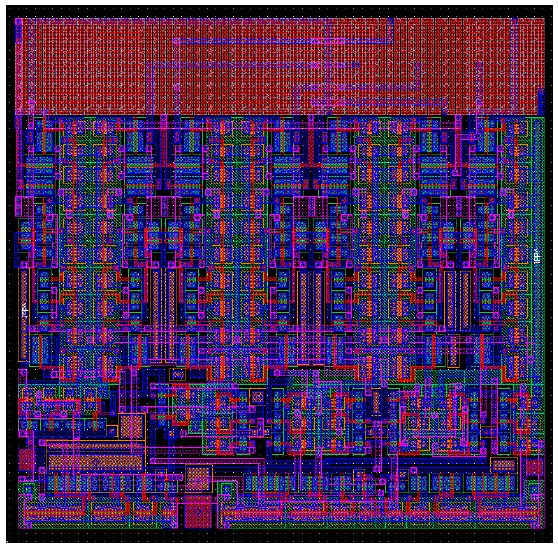I still remember that day when my VLSI professor started a lecture on ASIC. The very first thing I asked her was how it is different from FPGA. As I have treaded my professional career during these so many years, I get pleasantly amused when I see this question repeated by so many novice but curious young engineers. Certainly, this must be one popular question.
For benefit of all, here is what my professor told me succintly:
Here is a table from Xilinx that provides an excellent descriptions of the difference:
| FPGA Design | |
|---|---|
| Advantage | Benefit |
| Faster time-to-market | No layout, masks or other manufacturing steps are needed |
| No upfront non-recurring expenses (NRE) | Costs typically associated with an ASIC design |
| Simpler design cycle | Due to software that handles much of the routing, placement, and timing |
| More predictable project cycle | Due to elimination of potential re-spins, wafer capacities, etc. |
| Field reprogramability | A new bitstream can be uploaded remotely |
| ASIC Design | |
|---|---|
| Advantage | Benefit |
| Full custom capability | For design since device is manufactured to design specs |
| Lower unit costs | For very high volume designs |
| Smaller form factor | Since device is manufactured to design specs |
In comparison, ASIC design involves significant complexity and time (read money).
Another interesting thing to note is FPGA designers mostly perform their test on an actual FPGA to be deployed whereas ASIC designers will be running tests on simulators in their workstations.
 |
| See a simple example on ASIC Design |



No comments:
Post a Comment